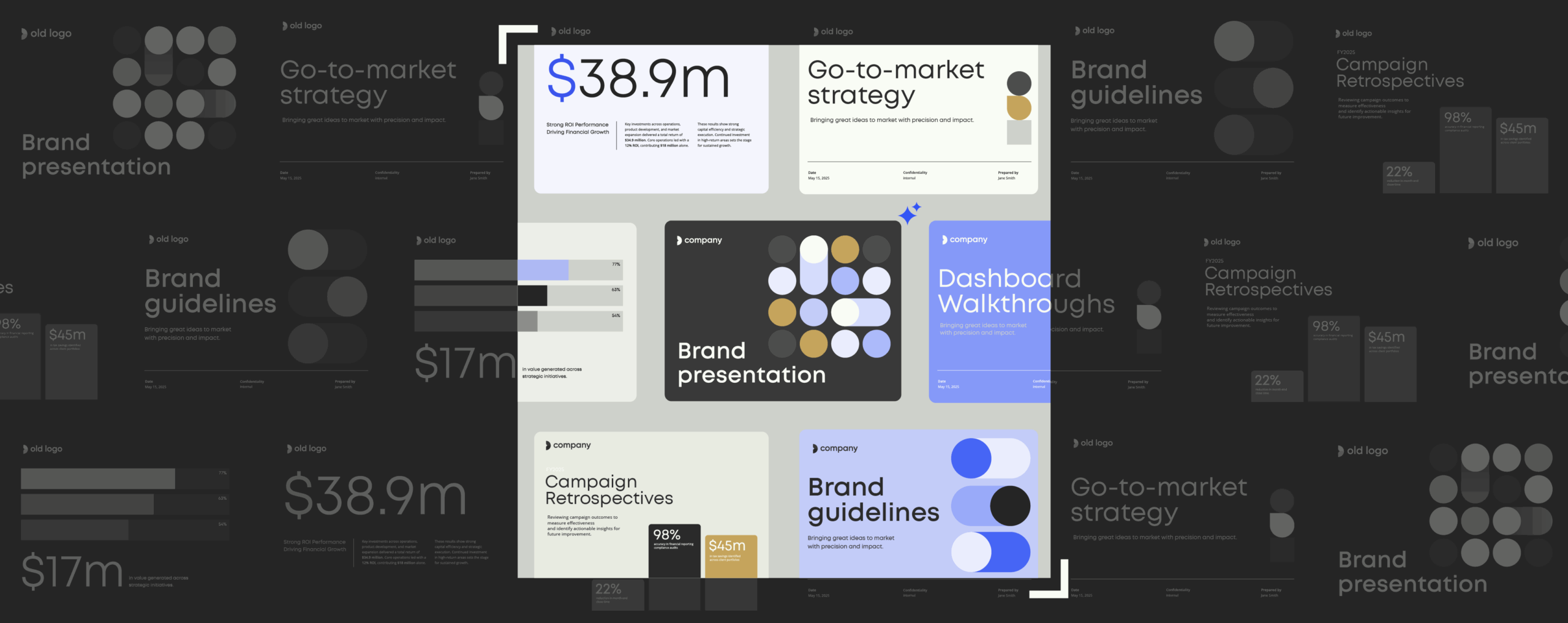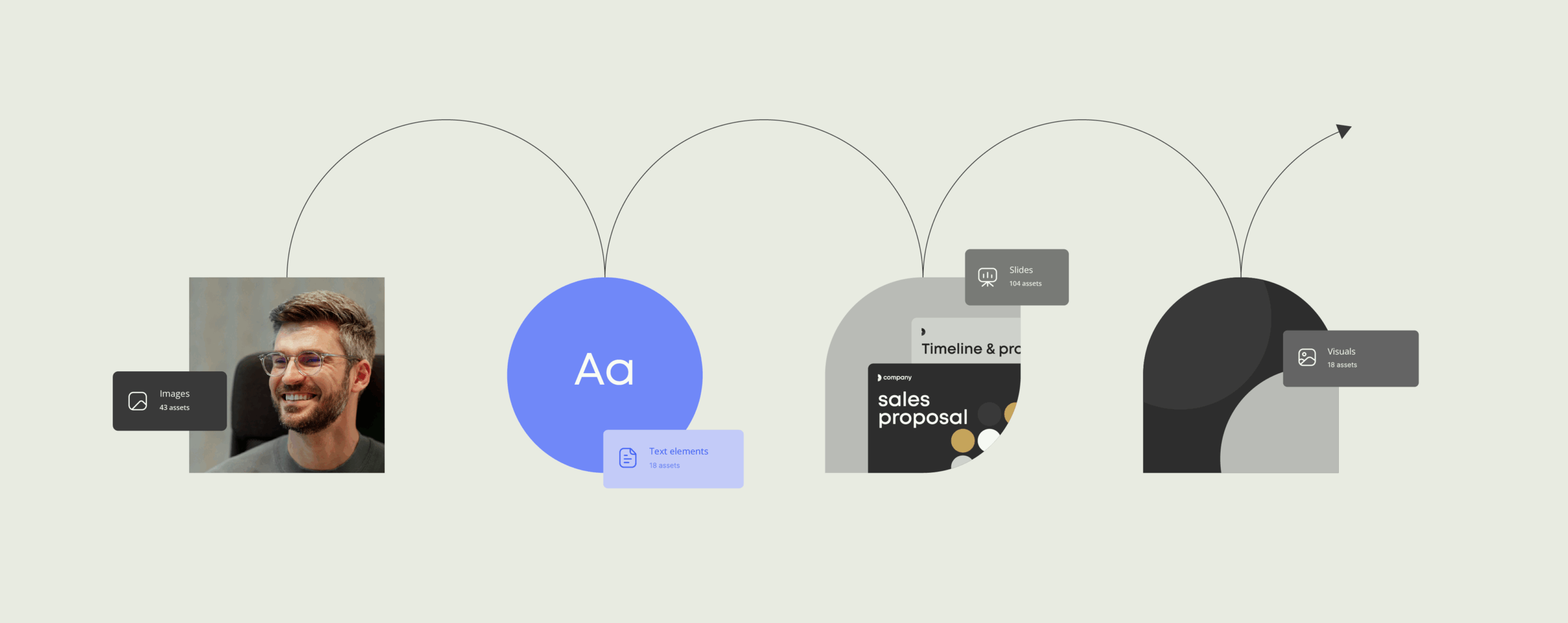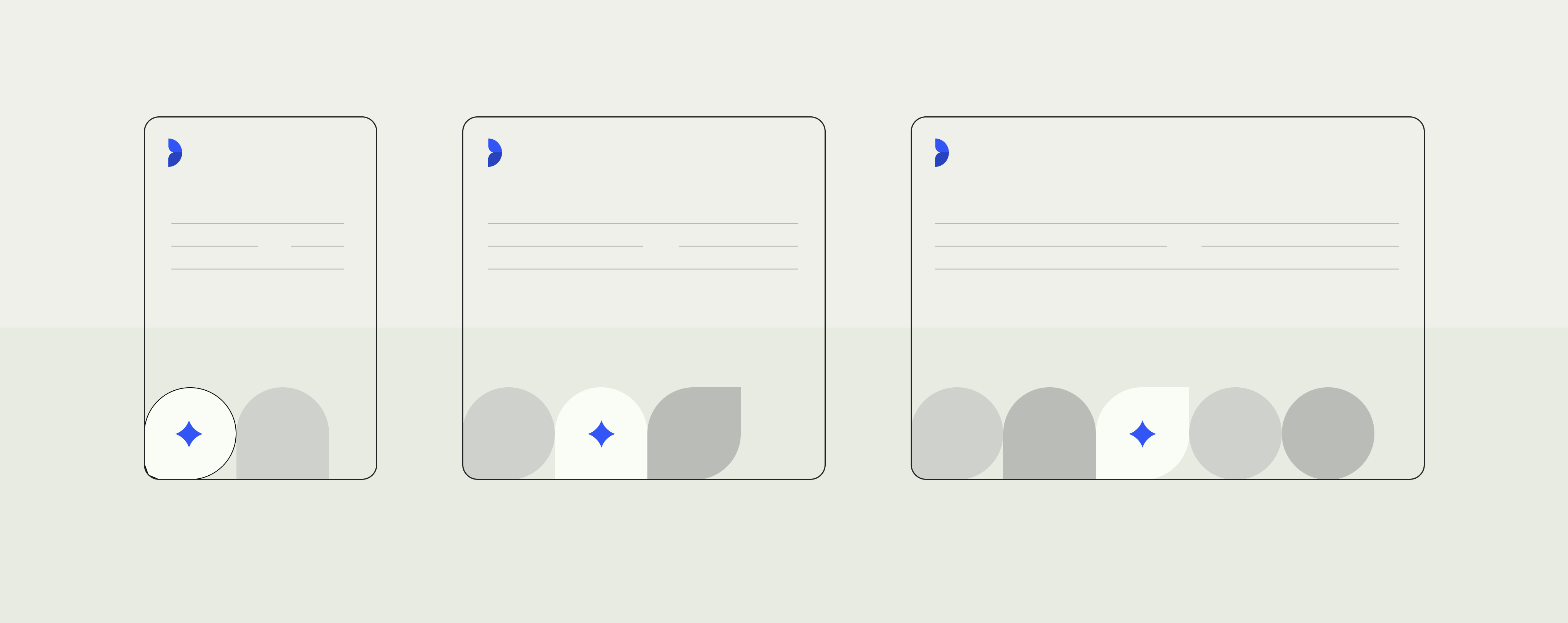What is brand reputation management?

Brand reputation management is important to prevent reputational damage.
Brand reputation management is becoming increasingly important as social media, review platforms, and similar sites have become the go-to place for customers to complain.
Luckily, there are a range of actions you can take to protect your brand against controversies and other reputational threats.
For today’s session, we will take a closer look at brand reputation management, the dos and don’ts, and how you can enhance your brand reputation using different approaches.
What is brand reputation management?
Brand reputation management is the practice of managing the reputation of a brand by monitoring, influencing, and enhancing how a brand is perceived. Using different strategies and tools, the goal of brand reputation management is to ensure the brand is perceived in the best possible way. If your brand is managed well, chances are it will have a good reputation.
Back in the days, brand reputation was not a top priority for companies. Since reputation is a metric that’s difficult to measure, it was seen as a ‘fluffy’, less relevant indicator than other measurable metrics. With the rise of social media, however, criticism and controversy can quickly arise, spread like a wildfire and damage a brand in the blink of an eye.
This has put corporate and brand reputation management on the executive agenda as leaders realized brand reputation is among the most important assets of any company.
The rise in importance of reputation is also evident on the customer side. According to Trustpilot, 2023 research shows that 79% of Gen Z say it’s more important to trust the brands they buy or use today than it was in the past.
The difference between corporate reputation and brand reputation
When talking about a business’ reputation, it can be helpful to distinguish between brand and corporate reputation.
Brand reputation is focused on the customer base, while corporate reputation deals with the reputation of the whole company. This is not just focused on one group, the customers, but rather all stakeholders of the company – employees, investors, press, policy makers, and more.
This makes brand reputation a component of corporate reputation, but the two are intertwined. Companies with great corporate reputations tend to also have strong brand reputations.
The evolution of brand reputation management
Brand reputation management is a field that keeps evolving.
Before the internet, the reputation of a brand spread through word of mouth. Nowadays, as social media has become a primary platform for communication, companies have to manage their brands in real-time as customers can start fires 24/7 that have to be put out before spreading. This has forced brands to not only monitor mentions, but also to have the ability to react in an instant.
Managing a brand has become more complex as companies have to adapt their branding efforts to different markets and cultures, and are expected by customers to take stances on environmental, diversity, and ethical issues.
Why is it important for businesses to invest in brand reputation management?
There are several reasons why businesses should invest in brand reputation management.
- Brand reputation can impact the whole company
A brand is a part of a company, and the brand can influence the whole organization. When Apple created the iPhone brand, it boosted the whole company in terms of customers, visibility, and value. Conversely, using another smartphone example, when Galaxy Note 7 phones started exploding, the brand controversy negatively impacted all of Samsung. - Consistency is key
Enhancing a brand can be achieved by using the brand’s attributes in a consistent manner. If a logo or slogan varies each time a customer sees it, this can lower brand recognition and be perceived by customers as unprofessional. Oppositely, if the logo is used in a consistent manner, it can help demonstrate to customers that the brand is professional and trustworthy. - Comply or face the consequences
Non-compliant communication can be disastrous. In 2017, Adidas sent out an email to participants of the Boston Marathon, reading ‘Congrats, you survived the Boston Marathon!’. This gave people associations to the 2013 Boston Marathon in which three people were killed during the race. An example like this underlines the importance of proper brand management measures that can ensure all communication is compliant with company guidelines before being sent out.
How can brands manage their reputations?
Can’t-miss branding tips
Learn how to keep your brand consistent. Get ideas and examples to help your team create on-brand work with less effort.
Brand reputation management involves building, maintaining, preventing damage, and repairing the reputation in case of a controversy. Though each has the same purpose – to strengthen the reputation of a brand – they are done differently. Let’s look at them one by one.
Building brand reputation
There are several ways for a brand to build their reputation and therefore no single right way to do it. However, delivering quality products or services, communicating transparently, and establishing a clear visual identity can help brands build a reputation.
In recent years, it has become increasingly important for brands to demonstrate that they are not just in business for the profit, but also to do social good. Sustainability practices and corporate social responsibility policies can improve how a brand is perceived by customers.
Maintaining the brand’s reputation
Once a reputation for the brand has been established, it’s important to maintain it. This involves ensuring that values and attributes the brand represents are upheld which is among other things done by ensuring a consistent face of the company – logo, tone of voice, and similar – across all channels where it meets customers.
Preventing reputational damage
The reputation of the brand has been built and is being maintained. However, the brand reputation management work does not stop here. Brands can never be safe from criticism, and it’s for that reason there should be a continuous effort to prevent reputational damage.
One way of preventing damage is by using software to monitor channels for reputational threats. Another prevention method is to decrease the risk of noncompliant content which can be achieved with brand compliance software.
If a company is acting ethically, monitoring threats, and being consistent and compliant in all its efforts, it is doing what it can to prevent reputational damage to its brand.
Repairing a damaged reputation
No matter how much a company invests in brand reputation management, there will always be risk of reputational damage. A helpful tool to know in the case a reputation has to be recovered is the Trust Radar from Daniel Diermeier book, Reputation Rules.
The Radar has four axes that, if all met, can help a brand restore its reputation.
- Empathy
The first axis revolves around empathy. Brands should take responsibility as quickly as possible and apologize for their mistake to show empathy with those impacted by the incident. - Transparency
There are countless examples throughout history of brands going radio silent or saying ‘no comment’ when questioned about a controversy. This is often not an advisable strategy. Instead, explain what happened and be as transparent as possible with all stakeholders. - Expertise
A brand can easily hide behind its logo or a spokesperson. However, according to Daniel Diermeier’s rules, the most senior person within the relevant department should take responsibility. This provides stakeholders with a person they can hold accountable who is best suited to fix the issue. - Commitment
It’s not enough to just apologize, explain, and place responsibility. Brands should demonstrate commitment to fixing the problem. That can be achieved by publishing a timeline for planned corrective procedures that will be implemented to prevent similar issues from happening again.
Real life example of brand reputation management
Throughout history, we find real life examples of brands that have managed reputational disasters with more or less successful outcomes. An interesting case study of how to navigate a reputational crisis comes from the company Oatly.
In 2020, the oat milk company announced it had sold a stake in the company to investment company Blackstone – a move that did not resonate with the company’s customers. Thousands of people across the globe boycotted the company. There was not a whole lot Oatly could do to make up for the mistake – the deal was done.
What Oatly did next was a clever move from the brand’s reputation managers. They launched the website F*ckOatly.com.
The website, which is still live, is a collection of all the controversies and criticism the company has faced through the past years. According to F*ckOatly.com, it’s “a site devoted to helping our fans—and the thousands of people who hate us—better understand everything that’s “wrong” with our company.”
The brand reputation management playbook says to take responsibility, apologize, and correct the mistake. Oatly took a completely different approach.
They embraced the criticism in a bold, honest marketing move that gave control of the narrative and positioned Oatly as a fun, transparent brand that didn’t shy away from criticism. “We’re not the type of company to hide from moments like these.”, they state on the site.
The jury is still out on whether the move was crazy or genius. However, they did not shy away from the problems – instead, they responded to the criticism in their own way.
Online brand reputation management: Responding to reviews
Any noticeable brand today has an online presence – whether they like it or not. Customers use social media and review sites such as Trustpilot, Google Reviews, and Yelp to talk about their experience with a brand. Whether these experiences are good or bad, they should be managed.
These three steps can help brands ensure customer feedback is handled correctly.
- Monitor channels
By monitoring social media such as X, Instagram, and Facebook, as well as review sites like Trustpilot, Google Reviews, and Yelp, brands can keep a finger on the pulse on what customers are talking about. This can be crucial to identify potential reputational threats and confront criticism in the run up before it escalates into a viral scandal.
However, as millions of posts, tweets and reviews are written every hour, it can be impossible to follow along. Tools like Google Alerts can keep brand managers up to date with what customers are saying about them and ensure a timely reaction. - Interact with users
Good reviews should be responded to. This can create a feedback loop that makes other people also want to leave a positive rating. But negative feedback should also be handled. If not, it can show potential and existing customers that the brand goes silent once criticism arises.
Initiate a dialogue with the unsatisfied reviewer and follow the reputation rule guidelines set out in the Trust Radar; show empathy, be transparent, and, if the criticism is warranted, show commitment to fixing the issue. This strategy can refrain other reviewers from leaving negative feedback as they can see you are working towards amending the problem. - Use feedback to your advantage
Customer feedback can be used to enhance your brand reputation. If a customer leaves a five-star review on Trustpilot or talks about a positive experience on X, this can be reputational gold for your brand. Reach out to the customer and ask if you can use their comment in your marketing efforts. This is a piece of high value social proof that can enhance your brand reputation.
As we learned from Oatly’s honest campaign, even negative feedback can be used as marketing material. While this strategy may have worked for Oatly, it can be too bold for the majority of brands. However, warranted negative feedback can still be turned into a valuable asset. For example, you can use it for training of customer service employees or optimizing other internal processes.
Stay in the clear with brand reputation management services
To properly manage your brand’s reputation in a digital world, you need help. Luckily, there’s a range of brand reputation management services on the market. Let’s look at their different use cases:
Monitoring software
Google Alerts is a free tool that notifies you when your brand or specific keywords are mentioned in the news or on other websites. Tools like Brandwatch help companies protect their brand reputations through sentiment analysis by monitoring millions of sources.
Review & survey software
Reputation.com is another brand reputation management platform. The platform specializes in helping brands generate more reviews, gain insights into what customers think with survey software, and predict reputational threats using AI tools.
Brand compliance & enhancement software
A platform like Templafy helps companies enhance their brands by making sure all communication is consistent and streamlined – something that can drastically increase brand compliance and decrease reputational risk.
A guide to choosing the right brand reputation management service
- Identify your needs. Are you a small business on the lookout for a simple, free tool that will notify you of mentions of your brand? Google Alerts may be the right choice to start off with. Do you want to identify threats to your reputation from social media and review sites? Then choose a tool like Brandwatch or Reputation.com.
While these tools keep an eye out for reputational threats, they lack the capability to maintain and enhance your brand. That’s why many enterprises use brand enhancement platforms to ensure consistency and compliance across all channels. - Compare terms. Once you have narrowed down your needs, there will be a handful of different services to pick between. Use the ‘compare’ feature on software review sites such as G2 to learn how different services stack up against each other before making the choice.
- Look at reviews. G2 and other software review sites are also a great place to head over for getting a comprehensive overview of what customers say about the service before selecting your brand reputation management provider.
Manage your brand’s reputation with Templafy’s platform
Non-compliance or failure by brands to live up to the expectations of customers can spark controversies that can spiral out of control and lead to reputational damage. That’s why many large brands today have monitoring and brand compliance software in place to decrease their reputational risks.
Templafy is a platform for brand reputation management that seamlessly integrates with existing DAMs and other systems to facilitate scalable brand compliance. The platform helps brands protect their reputation across all channels, which can lead to greater ROI across the entire organization.
By giving employees access to pre-approved assets, leaders can rest assured that their brand is portrayed in the best possible way in order to maintain, protect and enhance the brand’s reputation.
“Templafy saves our employees a lot of time, and the branding team can be more certain that content coming from Ramboll is in line with our brand guidelines” says Roos Nederveen, Senior Consultant, Corporate Branding at Ramboll.
Start protecting your brand’s reputation – get started using Templafy today
Reputational threats can come from anywhere – social media, news sites, customer reviews, and many other places depending on the brand. However, something that all brands, no matter the industry, have to do to protect their reputation is to ensure consistency and compliance in their branding efforts. Templafy is the go-to platform for that. Schedule a demo today and start protecting your brand!



